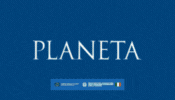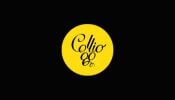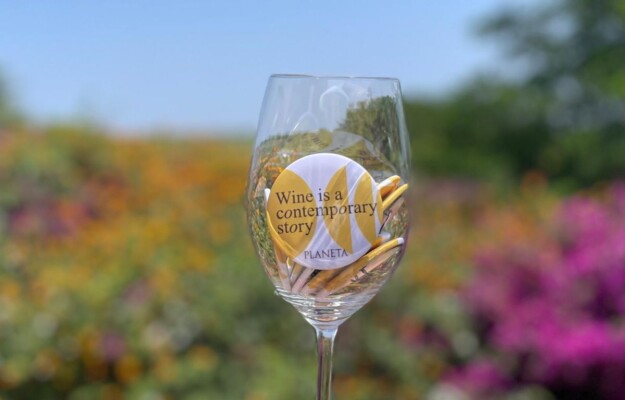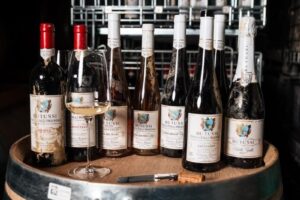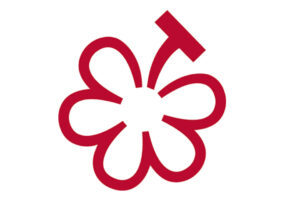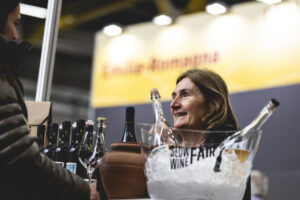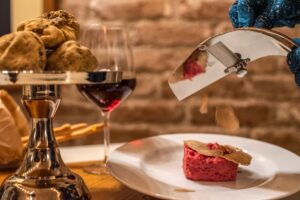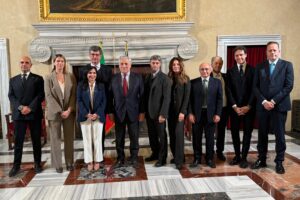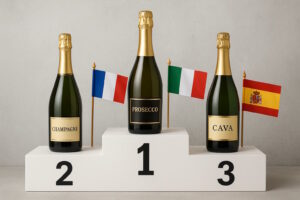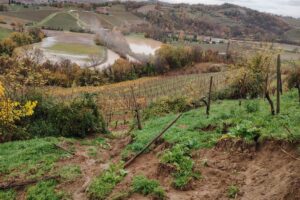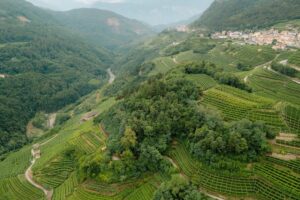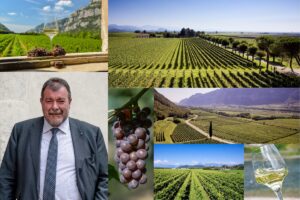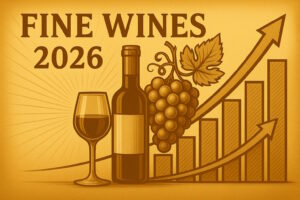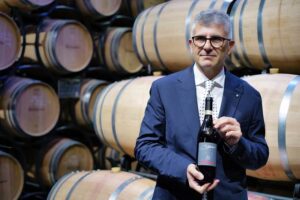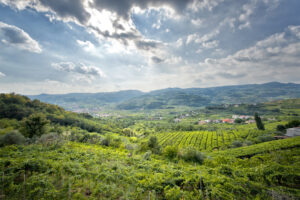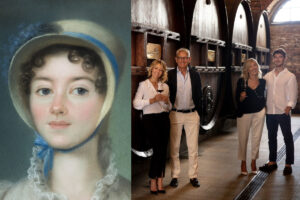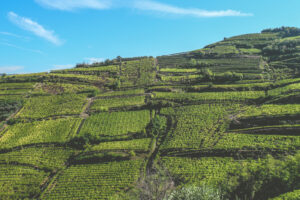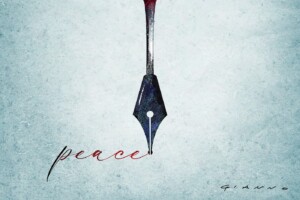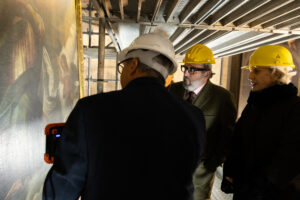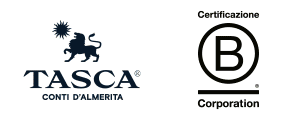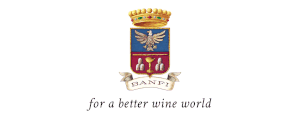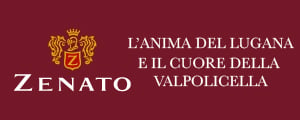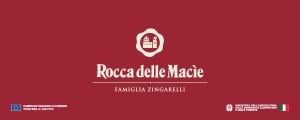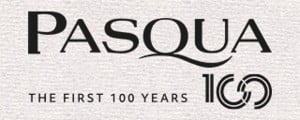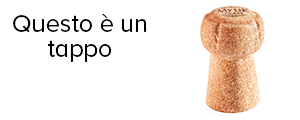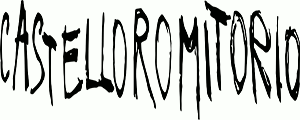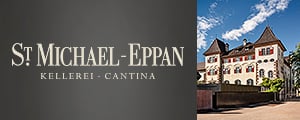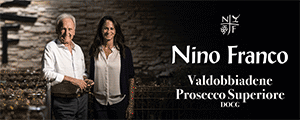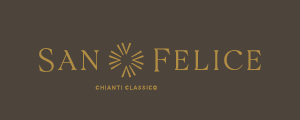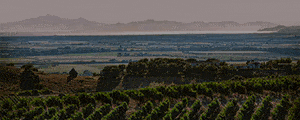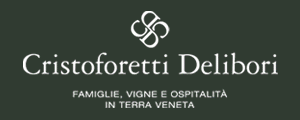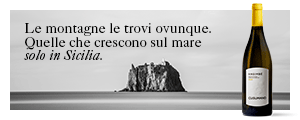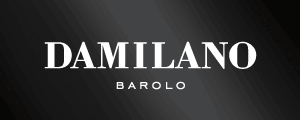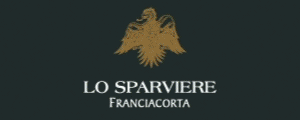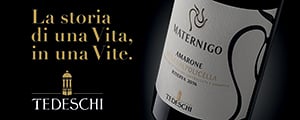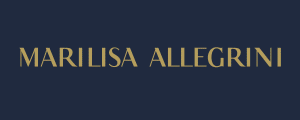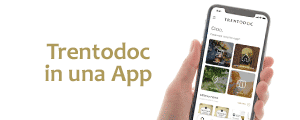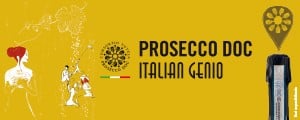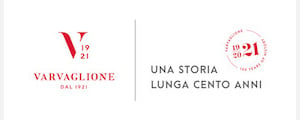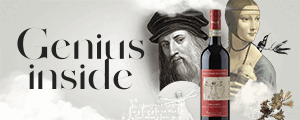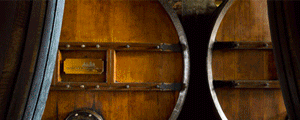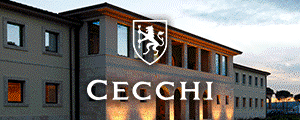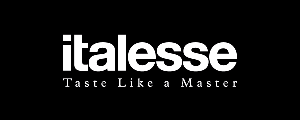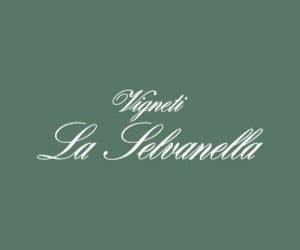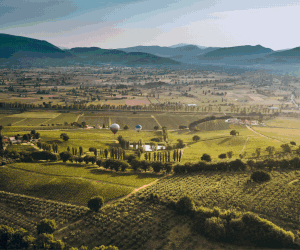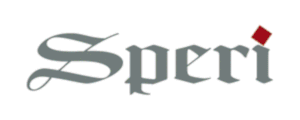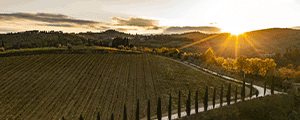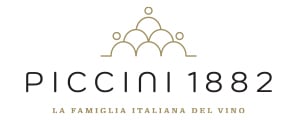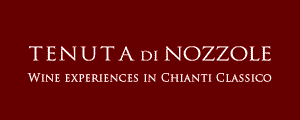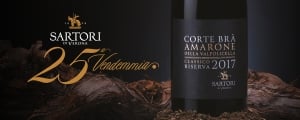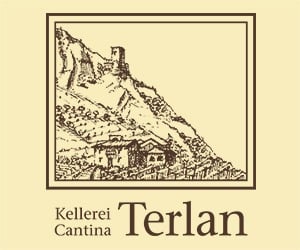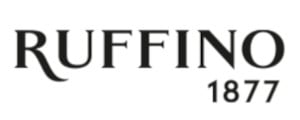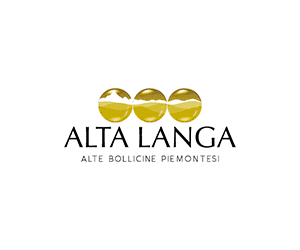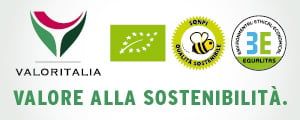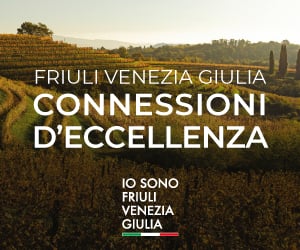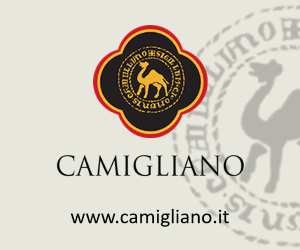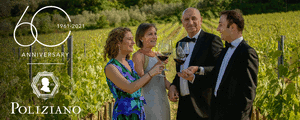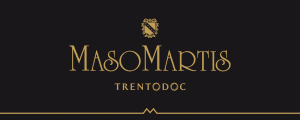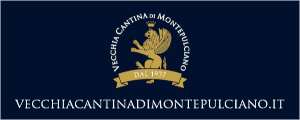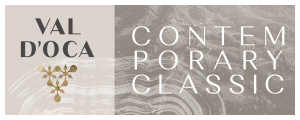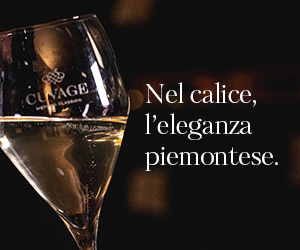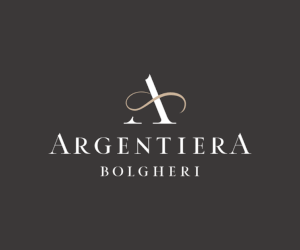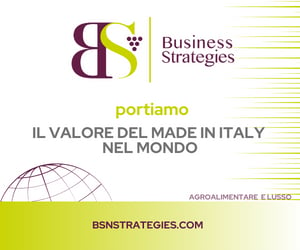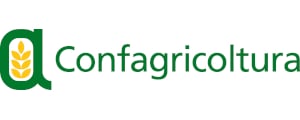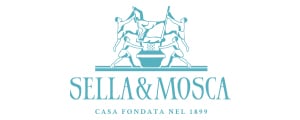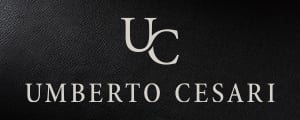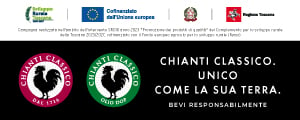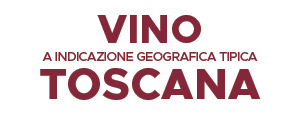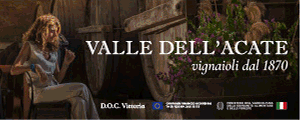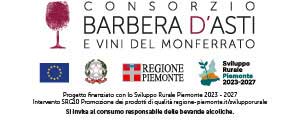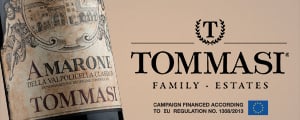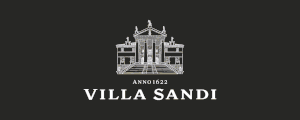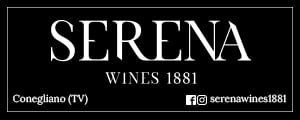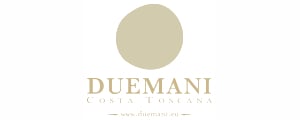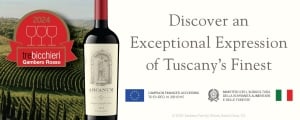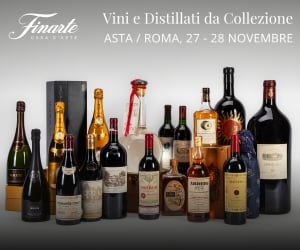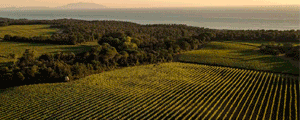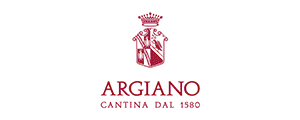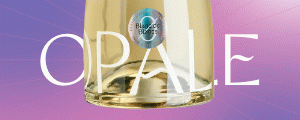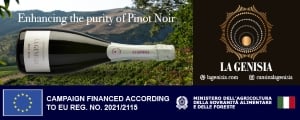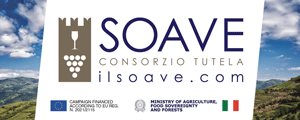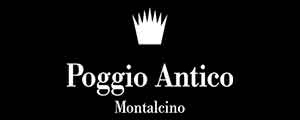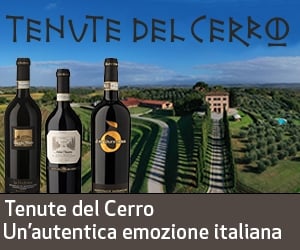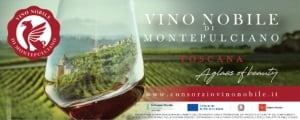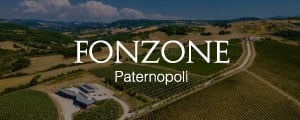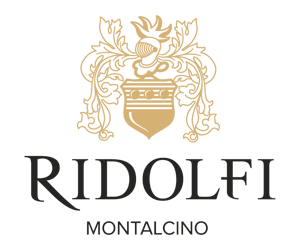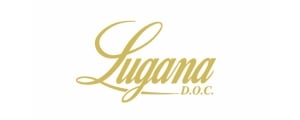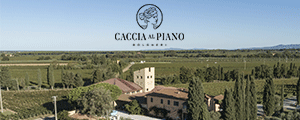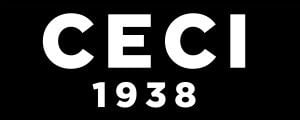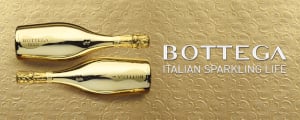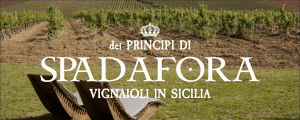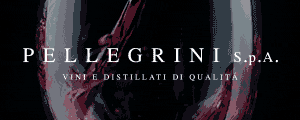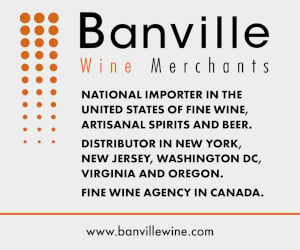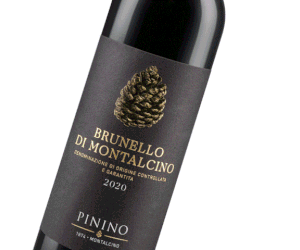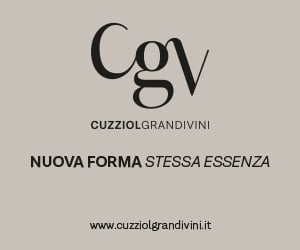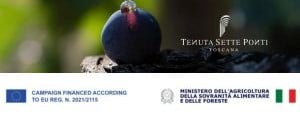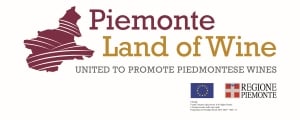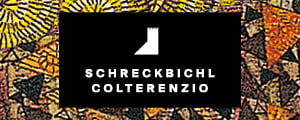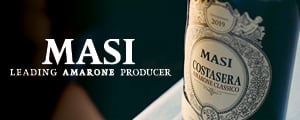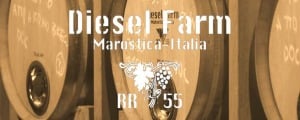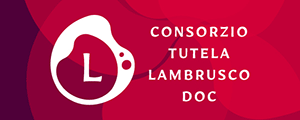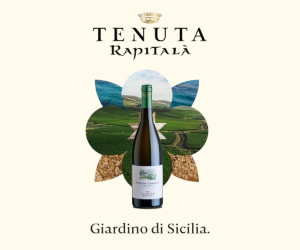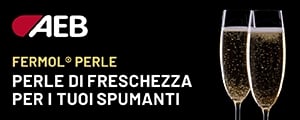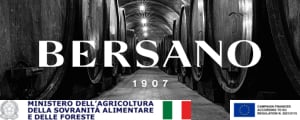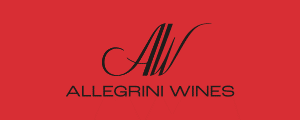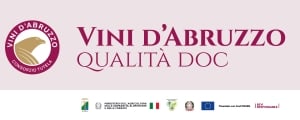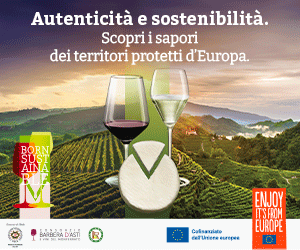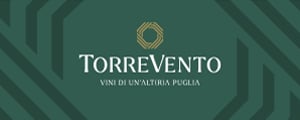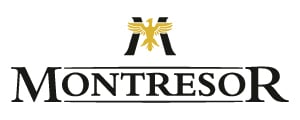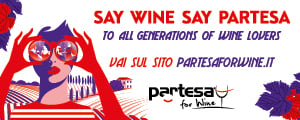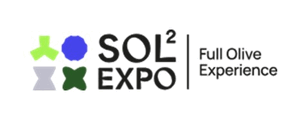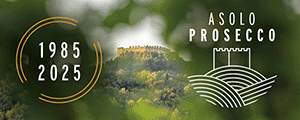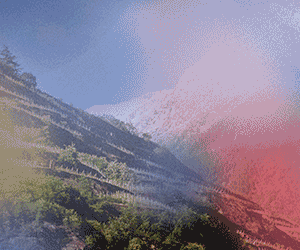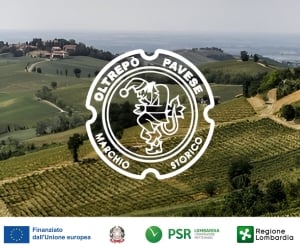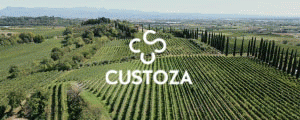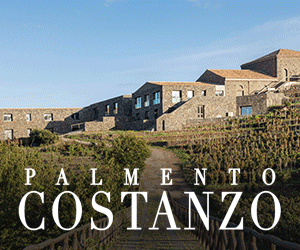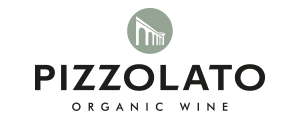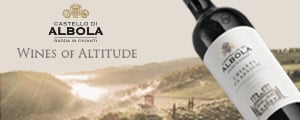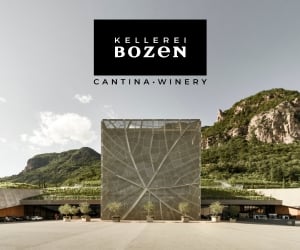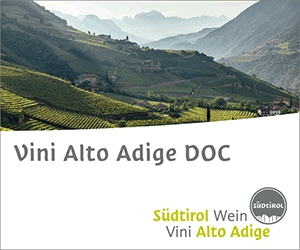Planeta, one of the wineries that created the “renaissance” of Sicilian wine, invited many personalities from various Made in Italy sectors, the academic, culture, wine and food worlds, journalism and communication (including WineNews) to contribute to the drafting of the Cultural Manifesto “Wine is a Contemporary Story”, at the Buonivini Winery in Noto, Sicily. The philosopher Nicola Perullo, Professor of Aesthetics and Rector of the University of the Slow Food Gastronomic Sciences in Pollenzo, among the invitees, said for some time now, “wineries are no longer just where wine is produced, but also where we explore creativity. Instead of reflecting on the link between wine and art, we need to talk about wine as an art. First of all, we must clarify what art means. Art is a word that is used for everything, and it is very difficult to define. When I refer to wine as an art, I mean both production, that is, making wine, and enjoyment, that is, the way in which wine is consumed. Art does not produce artistic objects; rather, it produces works of art. The former are related to a conception static of something that is produced and passively contemplated - in this case it is tasted, identifying its aromas and other organoleptic notes. A work of art is, instead, a process in progress, which is the interesting aspect as there is a constant dialogue between the person who created it and the person who is enjoying it. That is to say, the person who consumes wine, thereby actively participating in the creation of the work. It is a much more relational fruition, like that of participatory art, which involves the spectator actively, transforming him into a co creator of the work of art, and evokes what is called "entanglement", or quantum correlation”. Perullo’s words make us reflect on the relationship we have with wine today, and how we should narrate it. Alessio Planeta explained, “it is as if today the wine world is being questioned, and under attack from many points of view. First and foremost, the drop in consumption. Previously, the narrative was all positive, and now it seems more critical and negative to me. Wine, though, has always been a symbol of conviviality, an element that unites people, enriches human relationships, encouraging sharing and dialogue. In an era in which wine’s value risks being misunderstood or underestimated, we need to remember that wine is not just a product, it is a cultural and social experience that has accompanied humanity for thousands of years”.
There are now many studies on the theme of art as “entanglement”. “ I like the idea that the user participates in the work and brings it to life”, Nicola Perullo said. Over the past decade he has focused his studies on this aspect and wrote the essay,“ Epistenology. Wine and the creativity of touch” (Edizioni Mimesis / Il Caffè dei Lettori, 2021). “I invented the word, joining epistemology, which means theory of knowledge, and oenology. The book has been translated into English and now also into French. The interesting aspect is not so much the theory, but the practice.
Over the past 12-13 years, I have developed the idea that tasting wine involves active participation. I have trained thousands of students mainly at the University of Pollenzo, but also around Italy and a bit around the world. The results, I must say, have been excellent and interesting. People become protagonists of their relationship with wine, going beyond the analytical decomposition, which at a certain level is fundamental, for instance, in the production of wine. Then, tasting, enjoying and drinking the wine is not enough, you need to bring something of yourself into the experience as well”.
The idea that “tasting wine is like drawing, reciting poems and inventing stories has also been sustained by some people who are in this room”, the philosopher said, “it brings to mind the transition from Galilean and Newtonian science, modern physics, based on separate objects, which are broken down and analyzed, to Einstein’s physics of relativity, and quantum physics, which work with another paradigm. I believe the wine world, like the gastronomy world in general, must make the transition from the Galilean universe to the quantum universe. It simply means taking the idea of relationships, resonances, the awareness of being part of relationships, seriously. Wine today must be tasted, appreciated in the contexts and atmospheres, where its sensorial qualities definitely weigh, but they are not the only ones that count. There are other things that count a lot, too. Stories count a lot, symbols count a lot, rituals count a lot”.
Why does wine have this characteristic? “I like to quote the great philosopher, Gaston Bachelard, who lived between the 19th and 20th centuries, and his essay, "Wine and the Vineyard of the Alchemists", where he explains why it is such a magical drink, at least for those who are passionate about it. It has a characteristic that very few other edible products have. It connects the subsoil, the mineral part of the earth, to the vegetable, then the fruit, the air, the water and the sun; in other words, it goes through all the stages of life to become a fruit that is harvested, and transformed by man. I believe the idea of art should be perceived in this sense”, the professor of Aesthetics explained, “the Greek word for art is téchne, technique. Therefore, not in the modern sense of art as original creativity, from which a work is created and goes into a museum, an object for a consumer, but rather something more active, more relational. When we consider wine this way, it is an expression of profound artistry, and becomes a means of communication. Art, as great artists teach us, is an excellent means of communication, which is what we need to insist on today, as I have done in my epistenology exercises. We need to insist less on the analytical and more on aspects linked to history, communities, relationships and ecology in a profound sense”.
The “Manifesto of Contemporary Wine” that looks to the future, the Rector of the University of Pollenzo, said, “should underline the power that wine has and that it is different from an alcoholic beverage. We must separate wine from alcohol consumption. I know it is very difficult, and I know it is very provocative, because this is the battle we are fighting today. In the past, wine, for young people, was a tool to get drunk on a night out. Today, my 20-year-old students do not take wine into consideration for getting drunk. Wine is no longer considered a drink, its purpose is to do something else, to have experiences. One challenge might be to connect wine consumption to resisting the medicalization of life. Obviously, no one questions the concept of health today, but we need to put a limit on the fact that every single aspect of our life is regulated by medical precepts. This happens with wine as well. I often have meetings with doctors and pharmacologists, who do not make a distinction between an excellent wine and the most trivial, and they tell you that the molecule is the same. They do not understand the difference between common consumption and conscious consumption, linked to aspects such as beauty, creativity and the will to be, which are not regulated by the Istituto Superiore di Sanità or by medicines, but by sobriety and the fact that one wants to live. The future has not yet been written from this point of view, so we, those who make the wine and those who drink it, must write it”.
Copyright © 2000/2025
Contatti: info@winenews.it
Seguici anche su Twitter: @WineNewsIt
Seguici anche su Facebook: @winenewsit
Questo articolo è tratto dall'archivio di WineNews - Tutti i diritti riservati - Copyright © 2000/2025

